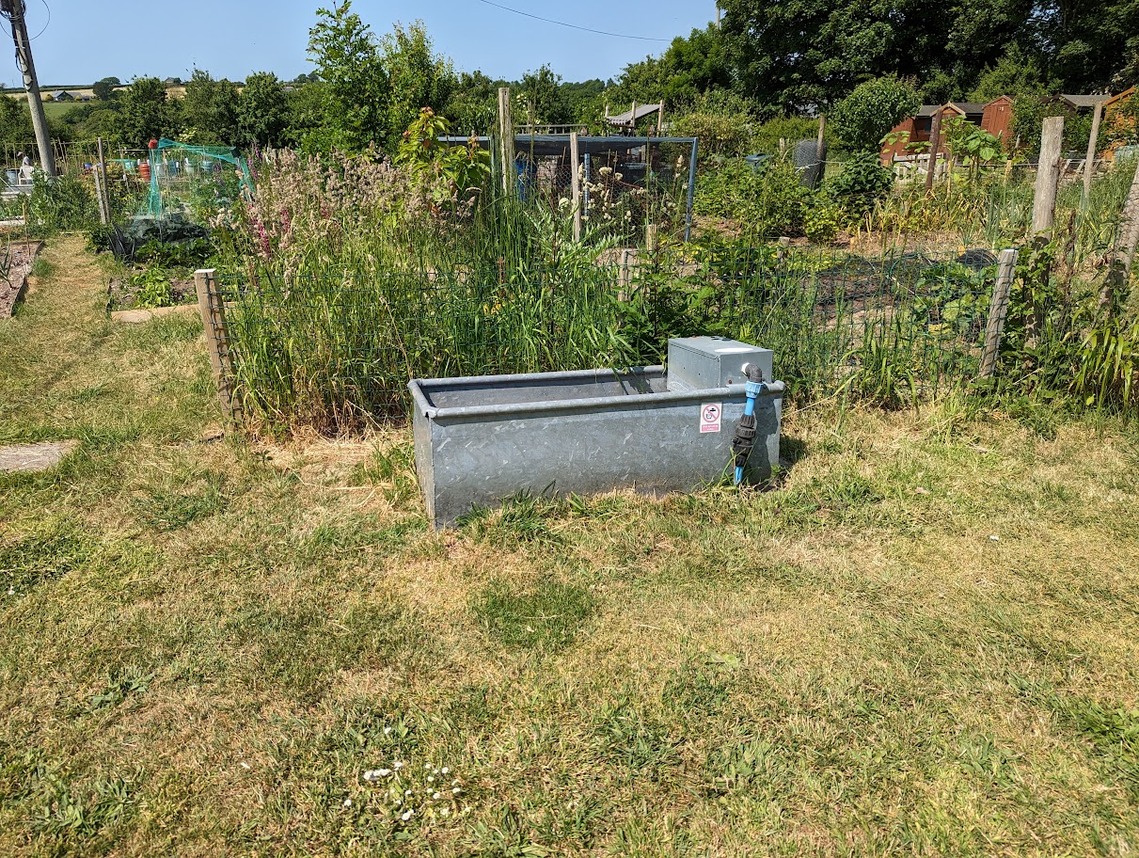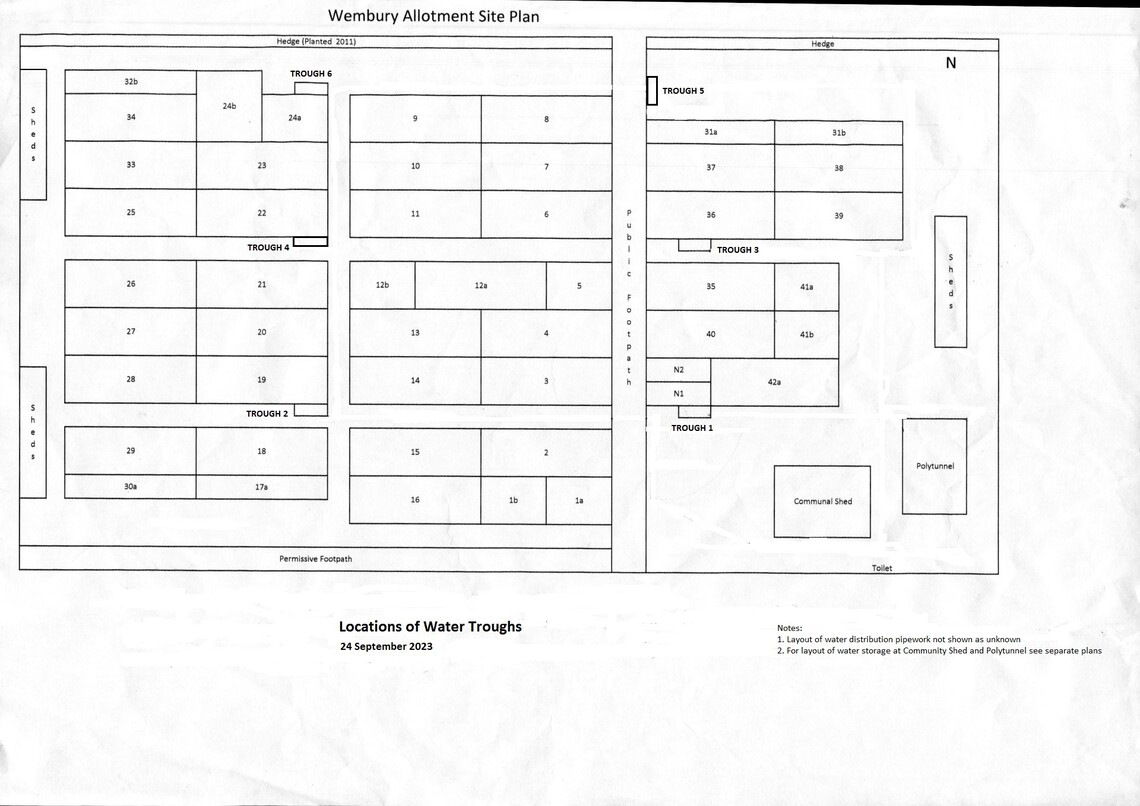Watering Systems in Wembury Allotments: Ensuring Healthy and Thriving Plants
Water is an essential resource for the successful cultivation of plants in allotments, and efficient watering practices play a crucial role in promoting healthy growth and maximizing yields. Understanding proper watering techniques and using efficient systems can help allotment holders maintain thriving plots. Let's explore some key considerations and options for watering and irrigation in Wembury allotments.
Watering Practices: Understanding the water needs of your plants and adopting effective watering practices is fundamental to successful gardening. Here are some guidelines to keep in mind:
- Adequate Watering: Water deeply and thoroughly, ensuring that the moisture reaches the root zone of the plants. Superficial or random watering can encourage shallow root growth and make plants more susceptible to stress.
- Watering Frequency: Monitor the soil moisture regularly and water as needed. Factors such as temperature, rainfall, and soil type will influence the frequency of watering. In general, it's better to water deeply and less frequently rather than lightly and frequently, as this encourages plants to develop stronger root systems.
- Morning Watering: Watering in the early morning allows plants to absorb moisture before the heat of the day. It also allows foliage to dry out during the day, reducing the risk of diseases caused by prolonged leaf wetness.
- Water Conservation: Wembury, like any region, can experience periods of drought and/or water restrictions. To conserve water, consider using water-saving techniques such as mulching, which helps retain moisture in the soil. Collecting rainwater in barrels or installing a water butt can provide a sustainable water source during dry spells and all plot holders should install some kind of water storage system on their plots, preferably at least 2 large water butts. An increasing number of plot holders are constructing small "roof and gutter" systems in order to collect more water when it rains.
- Monitoring and Adjusting: Regular monitoring of soil moisture is crucial. It helps prevent overwatering or underwatering, both of which can harm plant health. Use a moisture meter or simply dig a small hole in the soil to assess moisture levels. Adjust watering schedules based on weather conditions, rainfall, and the specific needs of different crops.
- Consider Planting Techniques: Implementing planting techniques that optimize water usage can further enhance water efficiency in your allotment. Some strategies to consider include:
- Companion Planting: Companion planting involves growing compatible plants together. Some plant combinations can help create shade or provide natural mulch, reducing water evaporation and conserving moisture in the soil.
- Raised Beds: Raised beds offer improved drainage and moisture retention. They allow for better control over soil quality and can reduce water loss due to runoff.
- Grouping Plants by Water Needs: Grouping plants with similar water requirements together allows for more efficient watering. This way, you can avoid overwatering drought-tolerant plants or underwatering water-loving plants.
A number of dip-tanks are situated around the site. In the Winter months from October to March plot holders are encouraged to fill up their on site water supplies from these tanks. During the Summer months they are to be used only for refilling watering cans only. We harvest rainwater throughout the year and during the Summer it is very important that we conserve our stocks for the benefit of all.
The dip-tanks are regularly filled via underground pipes by the Water Steward ( See Contacts list )
Following an upgrade in the New Year of 2023 our total water capacity for the diptank system is now 20,000 litres. This might sound like a lot but it works out at around 400l per plot holder.
The blue butts around the Polytunnel are for use by Polytunnel tenants ONLY.
If you run out of water on site it becomes essential to bring it from home. Even a simple 2l "milk" container can water a small bed if used efficiently.
Currently there are 36 blue butts each of 200l capacity, totalling 7200 l.
Efficient watering practices are key to maintaining healthy and thriving plants and protecting our water supply. By understanding the water needs of your crops and implementing water-saving techniques, you can cultivate a productive and sustainable plot. Enjoy the rewards of your efforts as you harvest bountiful and vibrant produce from your Wembury allotment.
The supply of water to the allotments has been a contentious issue for many years, a mains supply and a borehole are all ideas that have been put forward. This paper from 2011 summarises the issues quite well.
The dip tank (trough) numbering system, larger image here


